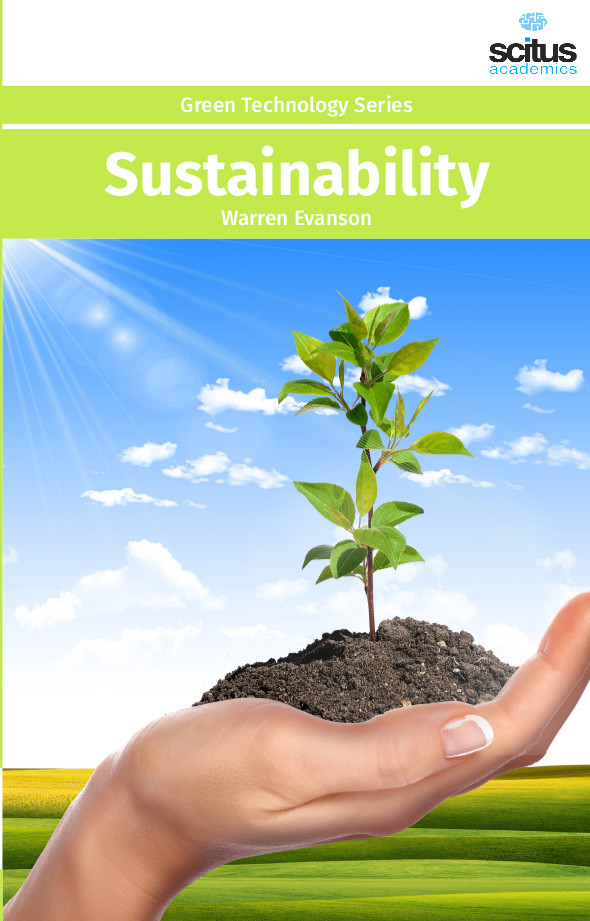Environments throughout the world are enduring human-induced change. Human population development, speedy urbanization, increasing global economy, and the dissemination of western lifestyles are inserting escalating pressure on natural and social systems. Global institutions and local bodies are seeking to recognize and occupy sustainable solutions to these environmental and socio-economic challenges. Climate change is an intricate matter that can quickly polarize views. While the causes may be disputed, there is general acceptance across the spectrum of opinion that there is an increase in global average temperatures. These increased temperatures are projected to result in drier conditions across the globe along with a moderate decrease in winter rainfall and slight to moderate increase in rainfall in other seasons. There is a need, therefore, to comprehensively assess the socioeconomic consequences of global environmental change and the responses to such changes. A full sustainability program needs to include actions to prevent threats and impacts from arising, actions to protect the environment from threats and damage, and restoration to reverse damage already done. Sustainability issues arise wherever there is a risk of difficult or irreversible loss of the things or qualities of the environment that people value. And whenever there are such risks there is a degree of urgency to take action. Environmental sustainability programs include actions to reduce the use of physical resources, the adoption of a ‘recycle everything/buy recycled’ approach, the use of renewable rather than depletable resources, the redesign of production processes and products to eliminate the production of toxic materials, and the protection and restoration of natural habitats and environments valued for their livability or beauty. The goal of environmental sustainability is to conserve natural resources and to develop alternate sources of power while reducing pollution and harm to the environment. For environmental sustainability, the state of the future – as measured in 50, 100 and 1,000 years is the guiding principle. Many of the projects that are rooted in environmental sustainability will involve replanting forests, preserving wetlands and protecting natural areas from resource harvesting. The biggest criticism of environmental sustainability initiatives is that their priorities can be at odds with the needs of a growing industrialized society.
This volume entitled ‘Sustainability’ contributes to the study and search for sustainable responses to global environmental change. The contributed authors of this volume investigate environmental change in diverse places around the world and the different retort to such changes. The coverage content demonstrates the need for place-specific sustainable development; the authors suggest the need to see sustainable responses to environmental change as a negotiated outcome between a range of social actors living and working in varied spatial, environmental and socio-economic contexts. Environmental Change and Sustainability is a timely global examination of the relationship between environmental change and sustainability.













